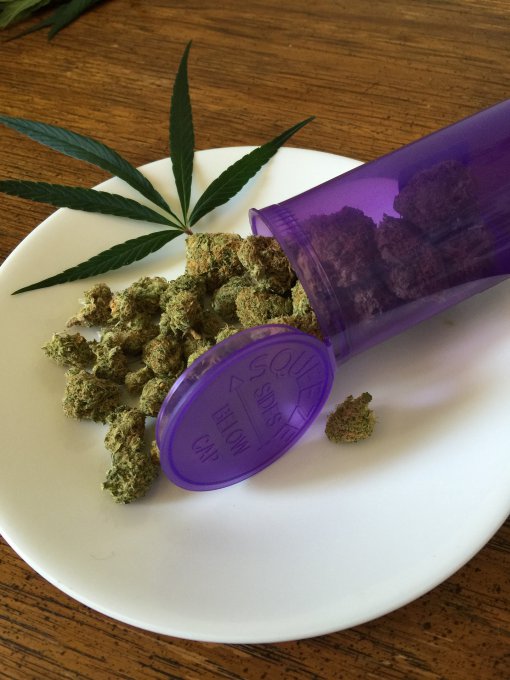 Medicine & Health
Medicine & Health
The use of hemp in medicine
Did you know that marijuana was not considered an illegal prescription drug in the US until its prohibition in 1937? The reason for the ban was that the drug had no medicinal value.
However, the government's classification of marijuana as a Schedule I drug did not stop medical researchers from finding more information about its medicinal value. As a result, today we have irrefutable proof that marijuana can be a major breakthrough for many patients who are battling incurable diseases.
According to a June 2015 publication in PubMed, a clinical survey of the existing literature on medical marijuana for the treatment of chronic pain and other medical and psychiatric problems found the following possible uses for marijuana.
Medical uses of cannabis
Treatment of glaucoma
Glaucoma is the leading cause of blindness in the United States of America. It is a disease that affects the optic nerve and causes damage that can lead to partial or complete loss of vision. Damage to the optic nerve is largely associated with high intraocular pressure (IOP) levels. Proper treatment of this condition should therefore focus on lowering intraocular pressure.
Although some ophthalmologists do not support the idea of using marijuana to treat glaucoma, it actually lowers intraocular pressure. In this case, marijuana can be effectively prescribed to treat glaucoma. In addition to smoking, the active ingredient tetrahydrocannabinol (THC) can be administered orally, in eye drops or sublingually.
Controlling pain associated with multiple sclerosis
Cannabinoids have the ability to reduce pain and spasticity resulting from nerve damage. In fact, nabiximols (a product of synthetic cannabis extracts) such as Sativex are already sold in certified clinics in about 15 countries, outside the U.S., to manage the muscle spasms associated with multiple sclerosis.
If natural cannabis could be approved for use by such patients, it would provide many other benefits, including reduced gastrointestinal discomfort and improved sleep quality.
PTSD
Even during the Prohibition era, many people used marijuana to cope with the anxiety disorder associated with post-traumatic stress disorder (PTSD). Although this addiction was an abuse of sorts, researchers have sought to determine if cannabis can be used to treat symptoms associated with PTSD.
These symptoms include insomnia, social withdrawal, reliving experiences, anxiety attacks, and so on.
The idea behind the possible use of marijuana to treat PTSD is that the human system produces a cannabinoid compound called anandamide. If anandamide levels are low, a person is more likely to develop PTSD. Thus, cannabinoids (THC), induced by marijuana consumption, will restore the endocannabinoid deficiency in the body, thus providing relief to PTSD patients.
Arthritis
Marijuana is a better pain reliever with no known addictive tendencies when used over a long period of time. This is because cannabinoids change the way the human brain responds to pain and sensation. Specifically, marijuana allows a person to feel less pain.
Relief from pain and nausea in cancer patients
Many people claim that some of the effects of cancer treatment are worse than the disease itself. This makes some sense when you consider the level of pain that patients face during and after chemotherapy. To make matters worse, these drugs cause nausea, vomiting and loss of appetite.
All of these side effects can be effectively controlled by administering cannabinoids in situations where conventional drugs have failed. Places like Canada are already using synthetic cannabinoids for this purpose.

Conclusion
Instead of debating the possible negative effects of using marijuana for self-medication, the government could legalize the drug for medical use. This way, the state has proper control over how to handle the drug. Clear guidelines not only ensure access to the drug for many sufferers, but also effectively tame its abuse.
Find more on: bigseedbank.com






